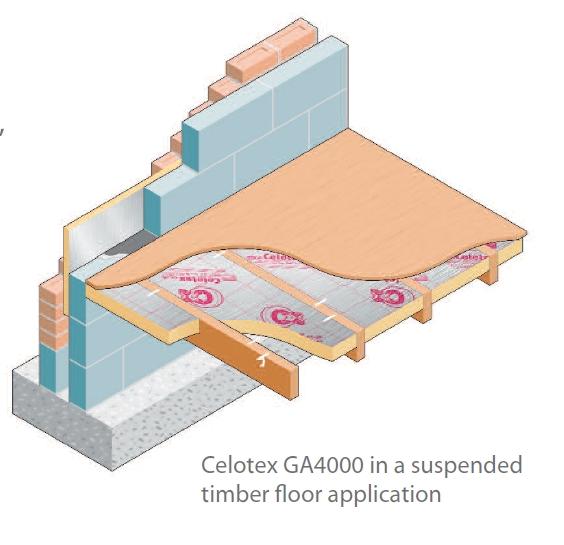I have recently insulated underneath our suspended timber ground floor, using Celotex boards in between the joists. There is an undercroft beneath the ground floor with almost standing room in places, so plenty of ventillation from underneath and all air bricks were left free when fitting the insulation. Following advice given, I fitted 80mm boards from underneath so that they are flush with the bottom of the 100mm joists, thereby leaving a 20mm air gap in between Celotex boards and floor boards. This is apparently to allow any water spillages from above to run off and/or evaporate thereby preventing any 'dry rot' occurring. A 10cm was left between the Celotex boards and the external walls, and the space filled with rockwool, again to allow some air to ingress and circulate in the space between the Celotex and the floor boards.
But now there is a strong draft coming through some gaps in between the floor boards and the air in the 20mm air space is freezing cold like the outside air. What have I done wrong. Should I push all the Celotex boards right up against the floor boards, or do I need to close off any potential gaps on the edges of the Celotex boards, and divert the air flow from the air bricks away from the air space created?
thanks for any authoritative advice, i've been hearing all sorts of conflicting opinions on this
But now there is a strong draft coming through some gaps in between the floor boards and the air in the 20mm air space is freezing cold like the outside air. What have I done wrong. Should I push all the Celotex boards right up against the floor boards, or do I need to close off any potential gaps on the edges of the Celotex boards, and divert the air flow from the air bricks away from the air space created?
thanks for any authoritative advice, i've been hearing all sorts of conflicting opinions on this


